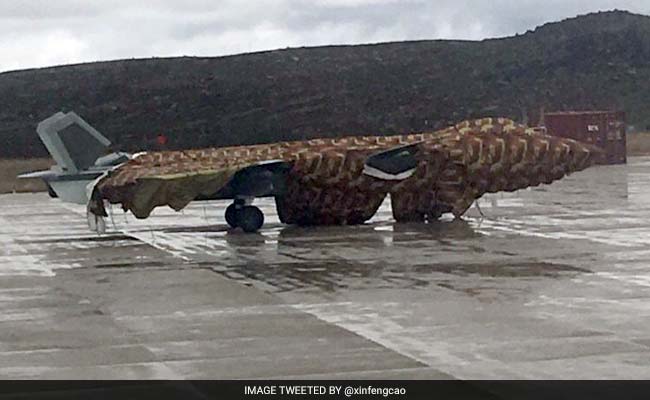- Views: 2K
- Replies: 45

Recent test flights of China's J-20 fighter jet over the Tibetan Plateau have highlighted potential shortcomings in its high-altitude performance, according to Indian defense analyst Abhijit Iyer-Mitra.
The Chengdu Institute of Aviation Industry conducted these flights in 2021, likely from the Daocheng Yading Airport, situated at an elevation of over 4,000 meters. While demonstrating China's interest in high-altitude operations, the tests also point to significant limitations for the J-20 in these environments.
The thin air at such altitudes drastically reduces engine thrust, leading to a potential loss of 60-70% of the J-20's capabilities, Iyer-Mitra estimates. This particularly affects the aircraft's maximum takeoff weight (MTOW) and its ability to carry a full payload.
The rugged terrain of the Tibetan Plateau may also pose problems. Daocheng Yading Airport's runway length might be insufficient for the J-20's size and weight (estimated MTOW of 37-40 tons). Its single-wheel front landing gear could experience faster wear and tear, leading to more frequent maintenance requirements.
Furthermore, operating with its full estimated weapons load of 11,000 kg at these altitudes would likely prove impractical. The combined impact of limited engine power and the aircraft's weight could restrict the J-20's combat effectiveness in the region.
These factors cast doubt on the J-20's viability in a potential India-China conflict, particularly within the Himalayan border region. However, it's possible that China's primary goal with these tests was to signal technological prowess and collect data on high-altitude fighter behavior for future advancements in aircraft design.
